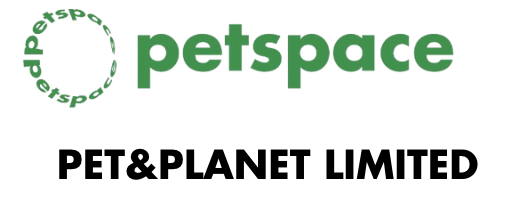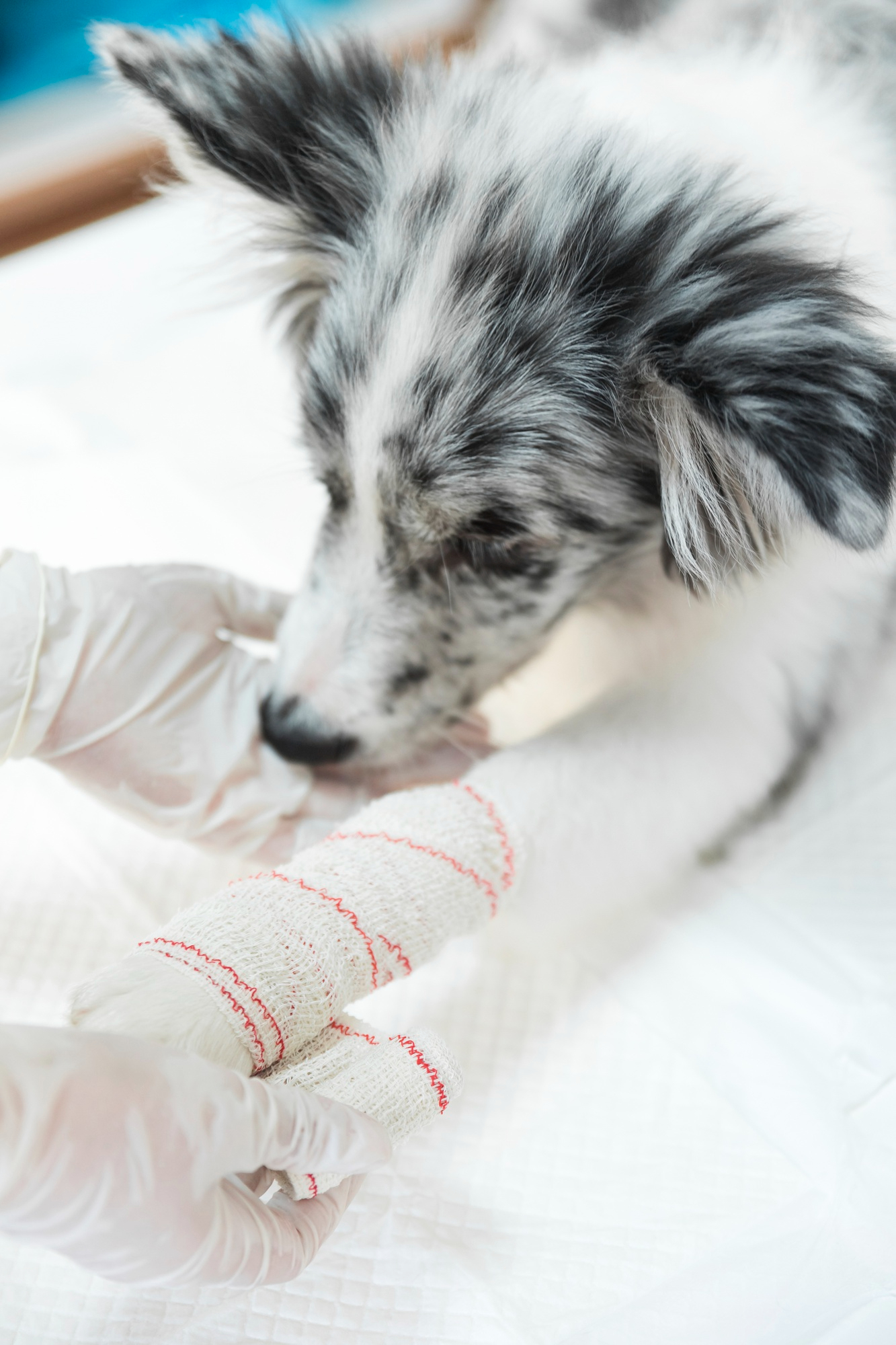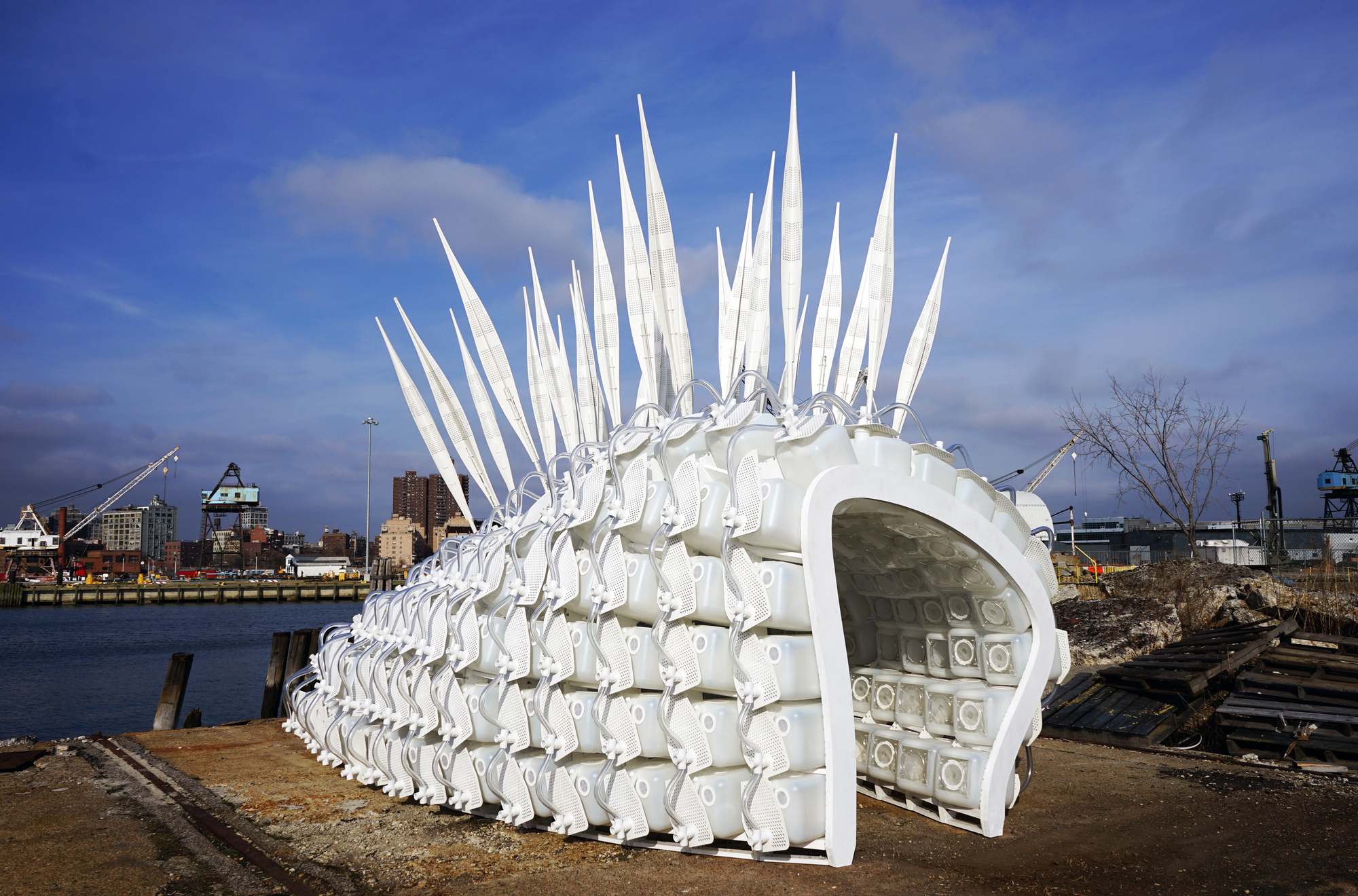Introduction to Sustainable Cat Care
In the world of pet care, sustainability is an increasingly important aspect. For cat owners, one significant step towards this goal is creating your own cat litter. This guide offers an insightful look into making sustainable DIY cat litter, explaining why it’s an excellent choice for eco-conscious pet owners. It’s not just about being kind to the environment; it’s also about providing a safe and healthy space for your beloved feline.
Understanding the Environmental Impact of Commercial Cat Litter
One of the most compelling reasons to switch to DIY cat litter is the environmental aspect. Commercial cat litters, especially clay-based ones, are sourced through environmentally damaging practices like strip mining. By opting for homemade alternatives, cat owners can significantly reduce their ecological footprint. Moreover, DIY cat litters often utilise biodegradable and recyclable materials, thus contributing less to landfill waste and reducing reliance on synthetic chemicals.
The Process of Making Newspaper-Based Cat Litter
For those looking to repurpose everyday items, making cat litter from old newspapers is an excellent start. This section of the guide walks you through shredding newspapers, soaking them to break down the ink, and then mixing in baking soda for its natural odor-absorbing properties. The result is an eco-friendly litter that’s easy on your wallet and the planet.
How to Create Wood Shavings or Sawdust Litter
If you have access to wood shavings or sawdust, this part of the guide is particularly useful. It highlights the importance of choosing untreated, non-toxic wood products and blending them with baking soda for odor control. This type of litter is not only natural but also highly absorbent, making it an excellent choice for cat owners.
Crafting Wheat-Based Cat Litter: A Grainy Alternative
Wheat-based cat litter is another sustainable option, especially for those who prefer a grainy texture. The guide details how to grind whole wheat into a coarse powder and mix it with baking soda for odor control. This type of litter is especially good for cats who may be sensitive to other materials.
Transitioning Your Cat to DIY Litter: Tips and Tricks
Transitioning to homemade cat litter isn’t always straightforward. Cats can be particular about their litter, so this section provides tips on introducing your cat to the new litter, ensuring the transition is smooth and stress-free. It includes advice on testing small batches, maintaining cleanliness, and ensuring the materials used are safe for your pet.
Online Resources and Real-Life Success Stories
To further inspire and guide you, this section directs you to various online resources. Websites like The Spruce Pets and PetMD not only offer additional DIY cat litter recipes but also provide a broader context on pet health and sustainable living. These platforms are treasure troves of information and community support for eco-friendly pet care.
Conclusion: Embracing a Sustainable Lifestyle with Your Cat
The guide concludes by emphasising the multiple benefits of DIY cat litter. It’s not just about reducing your environmental impact; it’s also about embracing a lifestyle that prioritises the health and well-being of your pet. The guide encourages cat owners to experiment with different materials and find what works best for their furry friend, all while keeping sustainability at the forefront.


